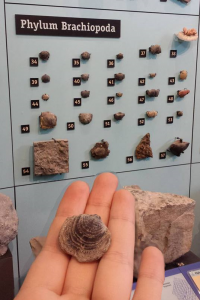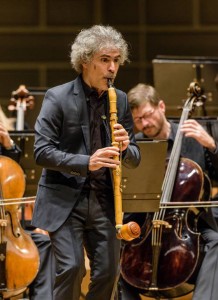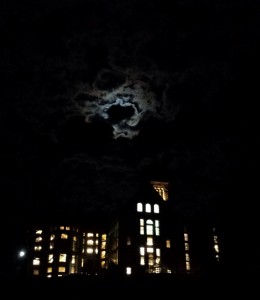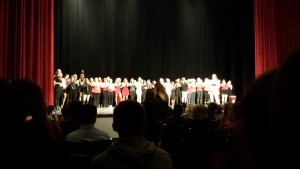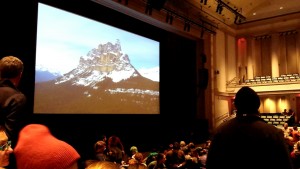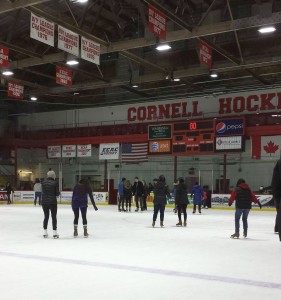Last Sunday, I attended the May concert by the Cornell Symphony Orchestra. The concert was free of admissions, but the musical experience was priceless. When I got to the concert, I took a quick look at the programme and I was nicely surprised at the number of chemistry major members in the orchestra. I recognized more than four names from laboratory classes that I have taken with them together. It was very cool to see some of my friends up on the stage and I am glad that I was there to support their hard work.
It was very interesting how the first piece, Fanfare for Sam by David Ludwig, started as if the members were casually tuning to a note, but the conductor seamlessly continued on with rest of the piece. It was fresh and this was my first time seeing the technique performed on stage. My favorite movement was Vivacissimo in Symphony No. 2 by Jean Sibelius. The music was beautifully expressed by the players and the conductor highlighted the delicate melodies and bases in harmony.
Having been a part of wind ensembles and orchestras in the past, I enjoyed listening for each instrument throughout the concert. One thing I appreciate about the orchestra conformation is how the wind and brass instrument players often have solos since there are only a few people playing each instrument. With trained ears, I could hear individual person’s playing and could tell that they were very talented and putting lots of effort into their parts.
The music very much calmed me down and I truly enjoyed seeing the CSO concert. In freshmen year, I decided to audition for the Cornell Marching Band instead of the CSO. Listening to this concert made me wish that I had also tried out for CSO as well. If I were to learn a new orchestra instrument, I would like to learn to play the cello or horn in the future.


